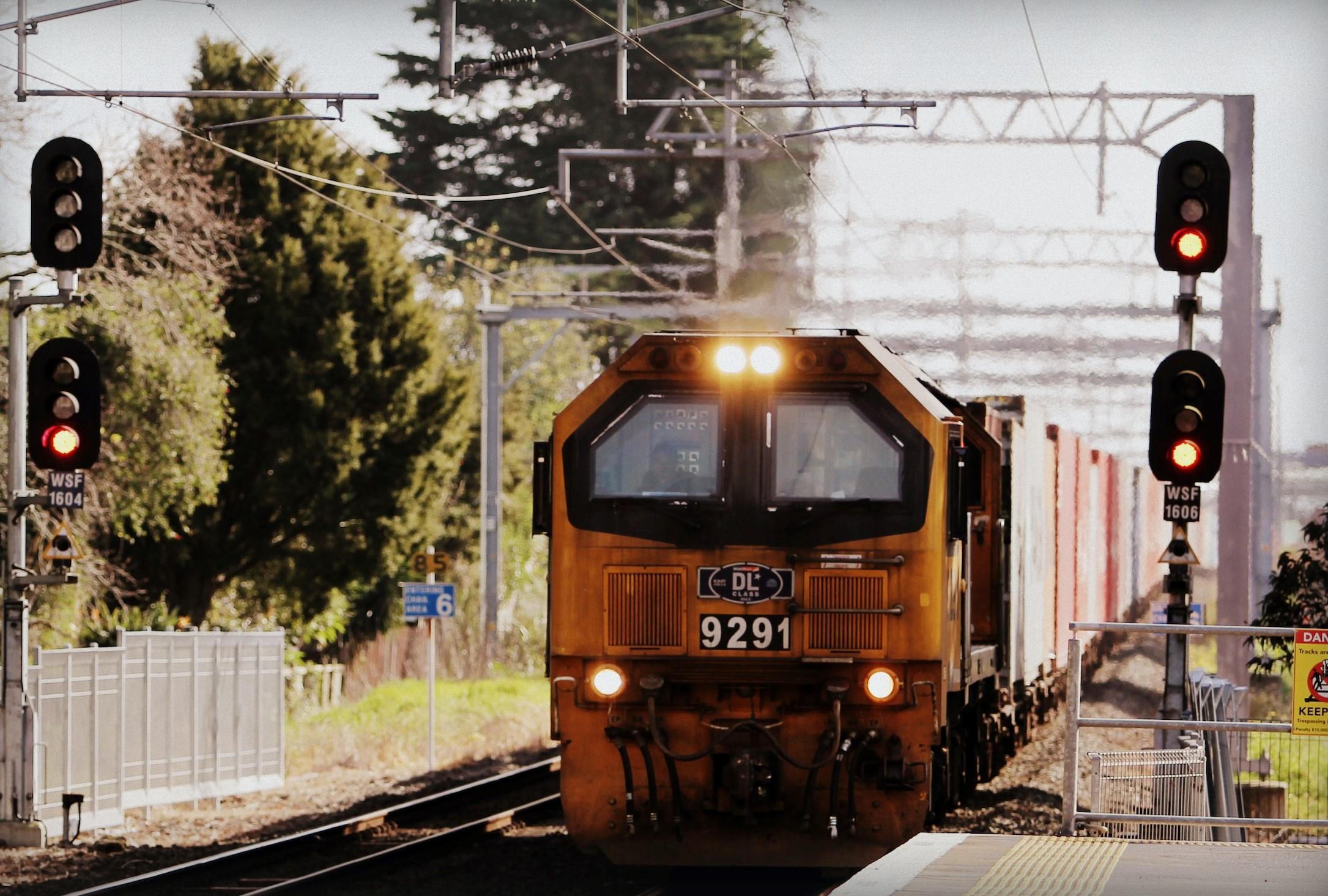Sensitive hospital equipment such as magnetic resonance imaging, x-ray and ultrasound machines can be affected by the electromagnetic noise from nearby rail systems. When KiwiRail made plans to install a new bi-directional third track in the rail corridor that passed Middlemore Hospital, changing the current in the overhead wiring and return rail system, electrification specialists Alpha Rail on behalf of Downer asked Middleton Group to carry out an impact assessment.
The brief: measure electromagnetic interference against relevant technical standards, the client’s specifications, and the immunity levels of ‘sensitive receivers’, as at-risk equipment is called.
To start, our engineer Eric Bendtsen gathered various plans, among them hospital plans that identified where sensitive receivers were sited, detailed design drawings of the proposed line and its cabling, layouts of the existing traction infrastructure at the Middlemore train station and technical information on nearby high-voltage lines.
He then assessed the electromagnetic field levels at the location of each sensitive receiver, which were each between 65 and 242m from the track against their immunity levels – that is, their ability to withstand different types of electromagnetic phenomena. He calculated the impact of trains passing by as well as the impact of new signalling cables and other traction equipment. Eric carried out the magnetic field calculations using Middleton Group’s proprietary software.
He also calculated the induced voltage in signalling cables – the voltage generated across a static cable exposed to the magnetic field. Three were found to have induced voltage higher than was desirable to avoid interfering with signalling equipment, and this was mitigated during the design phase.
Overall, Eric found that the new works would create just a minor increase in the electromagnetic field around the station. All communications cabling in the area was fibre optic and therefore immune to electromagnetic interference. Nearby gas and water services were at negligible risk of dangerous induced voltage.
Contact us
Eric Bendtsen
Senior Engineer


